





No lab centers are available in this city
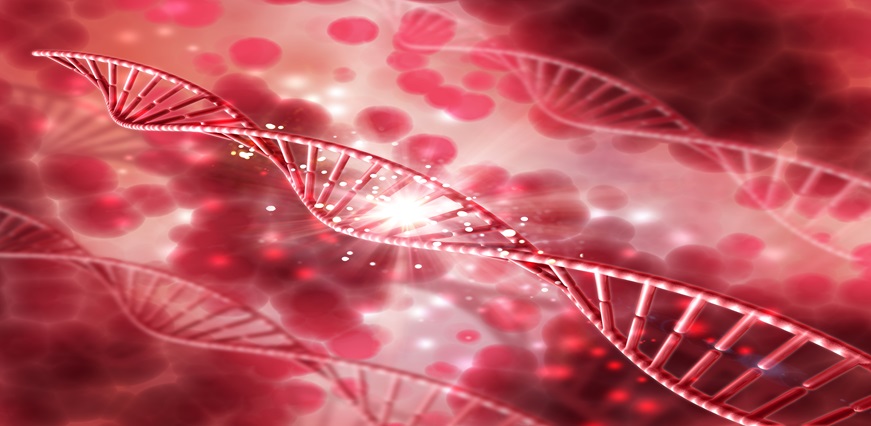
Max Lab
Jun 27, 2024
Thalassemia is an inherited blood disorder characterised by impaired synthesis of the protein chains that make up the haemoglobin structure. This leads to damage to red blood cell membranes and destruction of red blood cells, resulting in hemolytic crisis. Thalassemia impacts the body's capability to produce normal haemoglobin, which is a protein found in red blood cells responsible for transporting oxygen throughout the body and providing nourishment to other cells.
In people with thalassemia, the body produces a reduced amount of functional haemoglobin proteins, and the bone marrow generates very less healthy red blood cells. This deficiency in red blood cell production leads to a condition known as anaemia.
Thalassemia is a genetic disorder/condition children get from their biological parents. Gene mutation can be one of the reasons for thalassemia developing in humans as a half defence against malaria. Therefore, thalassemia mainly affects people with ancestry related to regions where malaria is prevalent, such as Africa, Southern Europe, and West, South, and East Asia.
Haemoglobin is made up of two protein chains i.e. alpha globin and beta globin. The two primary types of thalassemia are categorised based on which of these globin protein chains the body is not making appropriately. Understanding the specific type and therapy of thalassemia aids healthcare providers assess the severity of the situation and recommend the most impactful thalassemia treatment.
Alpha Thalassemia
Alpha thalassemia arises from mutations in the HBA1 and HBA2 genes, which are responsible for producing alpha globin proteins. Each person has four alpha globin genes, inheriting two from each parent. In alpha thalassemia, one to all four of these genes may be missing (deleted).
The subtypes of alpha thalassemia are categorised by the number of alpha globin genes deleted:
Beta Thalassemia
Beta thalassemia is caused by mutations in the HBB gene, which is responsible for producing beta globin proteins. Each person has two beta globin genes, one inherited from each parent. The subtypes of beta thalassemia are:
The symptoms of thalassemia can vary based on the specific type and severity of the condition. Individuals with thalassemia may experience:
Children born with certain types of thalassemia, such as haemoglobin H disease, alpha thalassemia major, beta thalassemia intermedia, and beta thalassemia major, typically develop symptoms within the first two years of life. Besides the usual thalassemia symptoms, children may also experience:
Although less common, thalassemia can also increase the risk of:
Thalassemia is a genetic disorder characterised by autosomal recessive inheritance. The direct cause of the condition lies in various mutations within the genes responsible for synthesising specific haemoglobin chains. These genetic defects can result from the production of abnormal messenger RNA, deletions of structural genes, mutations in regulatory genes, or their inefficient transcription. Such genetic abnormalities lead to a reduction or complete absence of the synthesis of one of the polypeptide chains of haemoglobin.
The most prevalent diagnoses for thalassemia are listed below:
Blood transfusions and iron chelation are common therapies for managing thalassemia.
Blood Transfusion: During a blood transfusion, red blood cells are injected into a vein to replenish the body’s normal supply of haemoglobin and healthy red blood cells. For individuals with moderate or severe thalassemia, transfusions are administered every four months, whereas those with beta-thalassemia major receive transfusions every two to four weeks.
Iron Chelation: Iron chelation involves removing excess iron from the body, a necessary process due to the risk of iron overload associated with frequent blood transfusions. Excess iron can damage organs. To mitigate this risk, patients who undergo regular transfusions will receive iron chelation therapy for thalassemia, which is available in pill form.
Bone Marrow and Stem Cell Transplant: The only curative treatment for thalassemia is a bone marrow and stem cell transplant from a compatible related donor. Compatibility between donor and recipient is determined by human leukocyte antigens (HLA), proteins found on cell surfaces.
During the procedure, a healthcare provider will inject bone marrow stem cells from the donor into the recipient’s bloodstream. Within a month, the transplanted cells will start producing new, healthy blood cells.
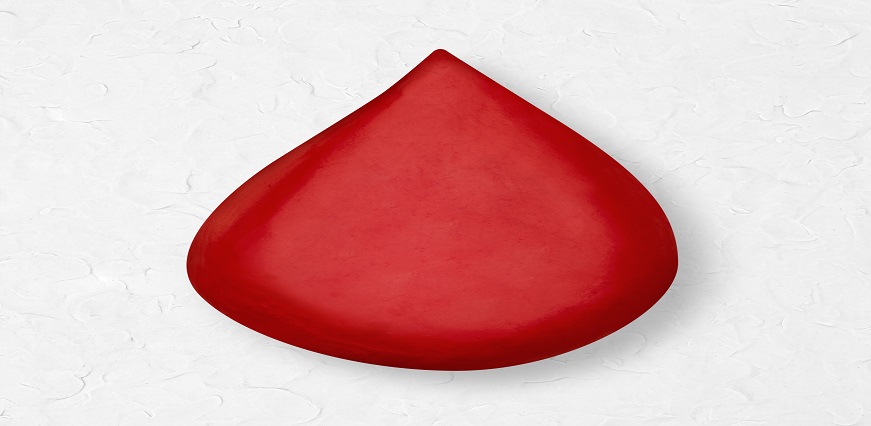

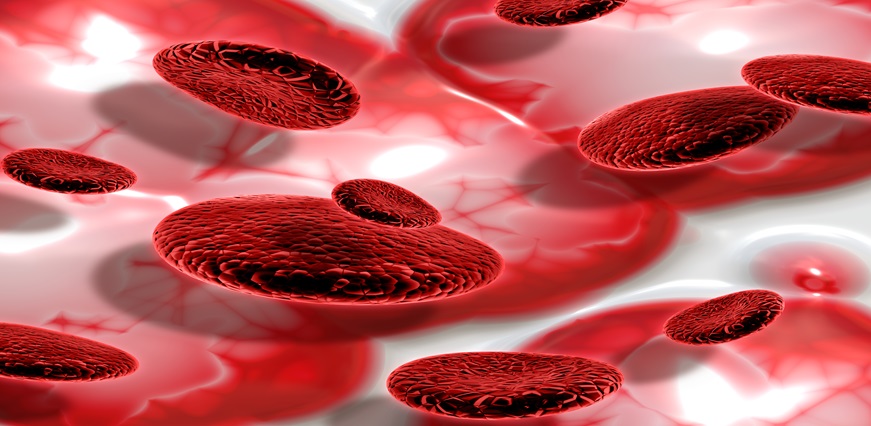
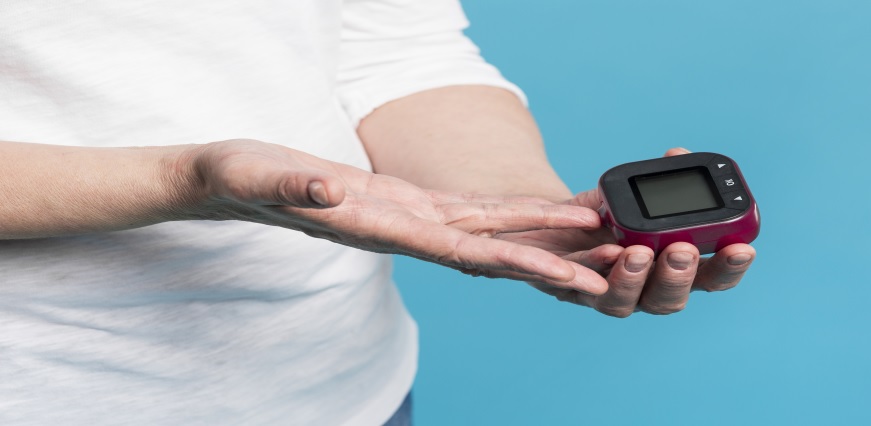
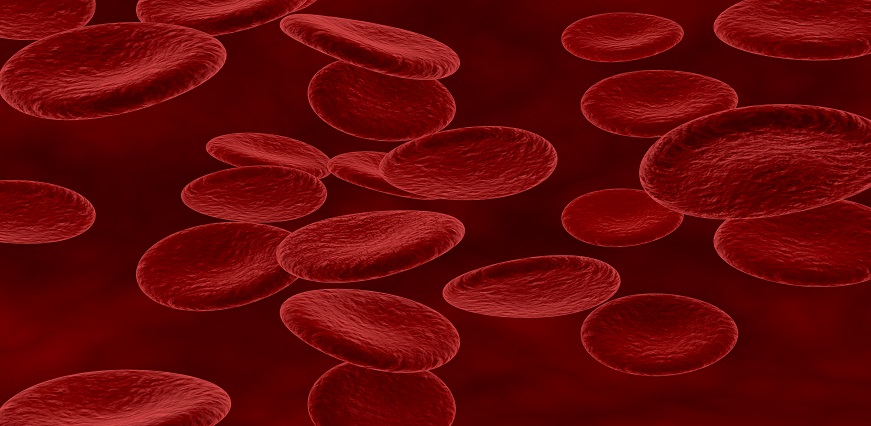












Sign up takes less than 60 secs and gives you access to your offers, orders and lab tests.
Looks like you are not registered with us. Please Sign up to proceed
OTP will be sent to this number by SMS
We have successfully received your details. One of the agents will call you back soon.
 To reach our help desk call 9213188888
To reach our help desk call 9213188888
No Lab Centers are available in this city
Looks like you are not registered with us. Please Sign up to proceed
OTP will be sent to this number by SMS
Not Registered Yet? Signup now.Looks like you are not registered with us. Please Sign up to proceed





 7982100200
7982100200.png)
Comments